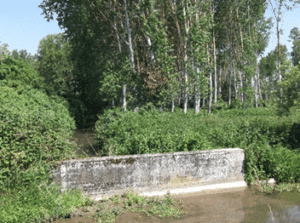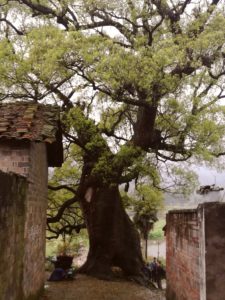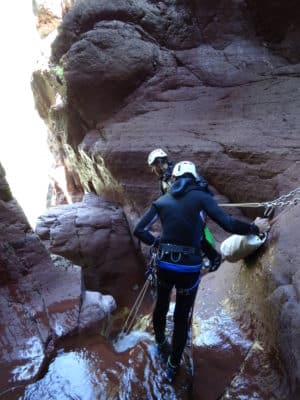Management and enhancing the value of nature
- Home
- Our offers, your areas of activities
- Areas of activity
- Management and enhancing the value of nature
We assist you with your feasibility studies, establishing parks, obtaining site labels, etc
Protected areas like the hearts of national parks, national and regional natural reserves, the Natura 2000 network and sensitive department natural spaces all play an essential role in nature conservation.
In addition to our positioning on this dynamic in France, Biotope participates in promoting the “National Parks of France” experience internationally including through projects in China and Africa.

The Taligny marsh is a vast wetland area located at the downstream end of the Négron watershed, in the Indre-et-Loire department. The true natural heart of the marsh, the regional nature reserve was created in 2014 following various diagnostics and ecological developments that highlighted this low marsh’s value in terms of biodiversity.
Over the past centuries, the course of the Négron River has undergone major hydraulic developments (mills, diversion bays). In 1975, the town of La Roche-Clermault and the national forestry office implemented a program of works aimed at cleaning up the marsh to allow the planting of poplars. In order to understand the marsh’s general functioning, an ecological, topographic and hydraulic study (piezometer, modelling) established an inventory.
An ambitious action program was established, concerning mainly :
- The return to more natural water movements: a set of actions was proposed to improve the marsh’s hydraulic operation and limit drainage. Lowering of the upstream threshold and the removal of the main hydraulic node in the canal bridge sector will restore greater water flow to the southern part of the marsh and especially to the NRN (non-renewable resource) ;
- Wetland recovery: the exploitation of poplar stands and the restoration of land in wetlands will recreate a unique area with environments that have already restored within the reserve. Their management will also be based on livestock grazing, adapted moving and selective scrub clearing. The program is currently being launched and opens the way to improving the site’s natural character while protecting local residents from flood risk.
COMBO Projects
The COMBO (COnservation, Minimisation of impacts, and compensation for BiOdiversity) project in Africa was designed and implemented by the Wildlife Conservation Society, Forest Trends and Biotope. It was launched on the ground in Madagascar in May 2016. It is expected to last four years and will also be exported to Guinea, Uganda and Mozambique.
The purpose of this project is to :
- take stock of biodiversity conservation in all its many facets in light of the strong development of the countries concerned ;
- compare local practices in the field ;
- identify potential margins for growth, effective and replicable examples and define how they are applied in each of the countries ;
- provide and/ or support the establishment or strengthening of effective tools for local actors.
In Antanarivo, some one hundred people benefitted from an introduction to the key concepts of Avoid – Reduce – Restore – Compensate. They also learned about the objective of no net biodiversity loss, and the standards proposed by the International Finance Corporation and the Business and Biodiversity Offsets Program.

Ecological diagnosis in the development of the hot springs site in Fuzhou, Jiangsu
This diagnosis was performed for the Fuzhou municipality in preparation for the upcoming construction of three tourist villages at a balneotherapy site on a natural site (wooded hill and extensive agricultural plain, composed mainly of rice paddies).
We were commissioned by the municipality of Fuzhou to include biodiversity in the facilities, through the mapping of existing ecological corridors to be preserved. We designed the restoration of buffer wetlands downstream of the villages in place of rice paddies and defined the ecological forest management for the hills surrounding the hot springs. We also made recommendations for the management of all of the site’s natural habitats.

As part of the projects and planning documents it intends to carry out on natural spaces, the Alpes Maritimes departmental council requires information allowing it to ensure it takes environmental issues into account and meets the requirements of outdoor activity regulations as well as fire prevention measures (DFCI), linked to the departmental walking and hiking route plan (PDIPR).
The Alpes-Maritimes department is subject to strong regional development pressures (tourist activities, housing, infrastructure) because of its location at the entrance to the territory and on the coast. It is difficult to control this development to ensure it is compatible with the area’s exceptional natural heritage.
So, the Alpes-Maritimes departmental council commissioned Biotope to assess the impacts of various outdoor activities on Natura 2000 species and habitats in the department: paragliding, canoeing and kayaking, river hiking, climbing, aeromodelling, snow-kiting, motor sports, cycling, speleology, and diving.